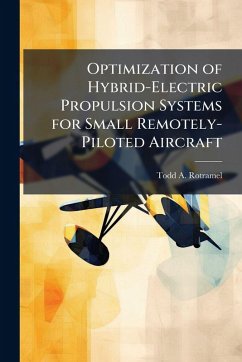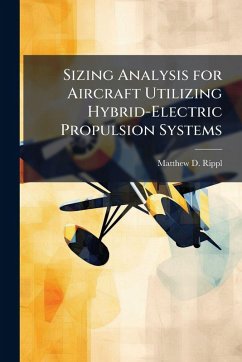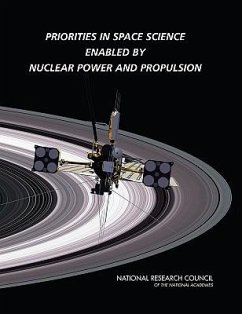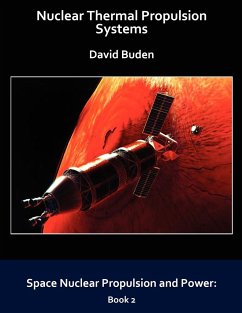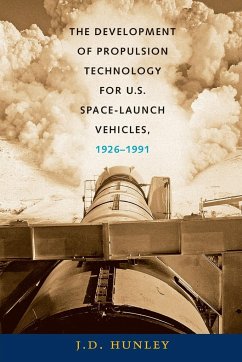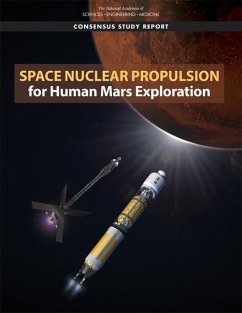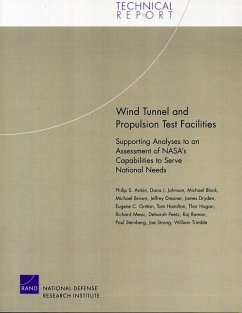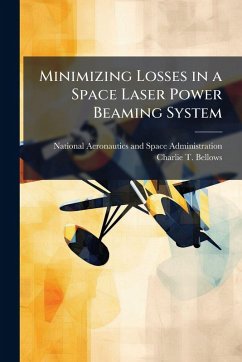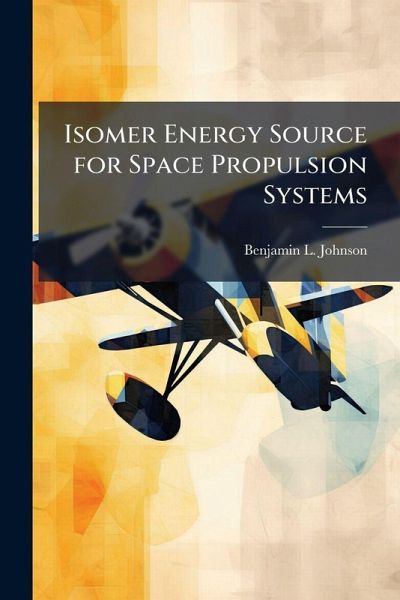
Isomer Energy Source for Space Propulsion Systems
Versandkostenfrei!
Versandfertig in über 4 Wochen
17,99 €
inkl. MwSt.
Weitere Ausgaben:

PAYBACK Punkte
9 °P sammeln!
Presented in this work are the results of an investigation of alternative means for powering spacecraft and launch vehicles with energy sources other than chemical combustion. Nuclear Thermal Propulsion (NTR) and the energy release of a nuclear spin isomer present potential for increased rocket performance with a compact, high-energy fuel sources replacing the combustion engines of the Delta IV-H 1st and 2nd stage vehicles. NTR was represented by the Nuclear Engine for Rocket Vehicle Application, CERMET, and the Particle Bed Reactor (PBR) fission designs, while the isomer hafnium-178-m2 was in...
Presented in this work are the results of an investigation of alternative means for powering spacecraft and launch vehicles with energy sources other than chemical combustion. Nuclear Thermal Propulsion (NTR) and the energy release of a nuclear spin isomer present potential for increased rocket performance with a compact, high-energy fuel sources replacing the combustion engines of the Delta IV-H 1st and 2nd stage vehicles. NTR was represented by the Nuclear Engine for Rocket Vehicle Application, CERMET, and the Particle Bed Reactor (PBR) fission designs, while the isomer hafnium-178-m2 was investigated in a PBR configuration. Energy storage levels of 1.3 GJ/g are possible with this material, though the successful triggering and maintenance of a chain reaction in this material are still debated topics within the scientific community. The best application for either technology is as an upper stage vehicle with the shielding requirements reduced to that of just a shadow shield between the core and the spacecrafts upper structure. This work has been selected by scholars as being culturally important, and is part of the knowledge base of civilization as we know it. This work was reproduced from the original artifact, and remains as true to the original work as possible. Therefore, you will see the original copyright references, library stamps (as most of these works have been housed in our most important libraries around the world), and other notations in the work. This work is in the public domain in the United States of America, and possibly other nations. Within the United States, you may freely copy and distribute this work, as no entity (individual or corporate) has a copyright on the body of the work. As a reproduction of a historical artifact, this work may contain missing or blurred pages, poor pictures, errant marks, etc. Scholars believe, and we concur, that this work is important enough to be preserved, reproduced, and made generally available to the public. We appreciate your support of the preservation process, and thank you for being an important part of keeping this knowledge alive and relevant.



